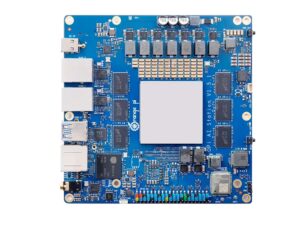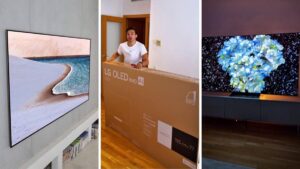
A landmark battery system, the second in Australia contracted to deliver grid-stabilizing services, has commenced full operations. This development marks a significant shift in how the country’s energy grid could be managed in the future. The 185 megawatt (MW) / 370 megawatt-hour (MWh) Koorangie Battery Energy Storage System (BESS), equipped with grid-forming inverters, was developed by Edify Energy near Kerang in north-west Victoria. After a soft launch in February, it is now actively importing and exporting electricity into the grid.
More crucially, the battery is providing essential services to maintain grid voltage and frequency, a service for which its new owner, Sostoneo, is compensated. This capability is part of a 20-year agreement Edify signed in 2022 with the Australian Energy Market Operator (AEMO) to stabilize the northern Victoria grid. The contract, valued at $119 million, is AEMO’s second such agreement for a grid-forming BESS, following a similar deal for the 150MW / 300MWh Riverine BESS in New South Wales.
Innovative Technology and Strategic Partnerships
Edify Energy’s chairman, John Cole, highlighted the significance of the Koorangie BESS, stating, “[The Koorangie BESS is] a powerful example of how advanced grid forming inverter and battery storage technologies can combine to solve some of the most complex challenges in Australia’s energy transition.” The system not only delivers critical system strength services to AEMO but also dispatches clean energy to the grid.
The Victorian Energy Minister, Lily D’Ambrosio, emphasized the project’s role in integrating more renewable energy into the grid. “We are proud of our role in this project, securing the system strength component of this advanced storage system, which will allow more renewables to connect to the grid in Victoria’s North West,” she stated.
How It Works
The Koorangie BESS provides inertia support services to AEMO while maintaining a separate 15-year offtake agreement with Shell. This dual capability is facilitated by a feature known as virtual machine mode (VMM), which mimics the rapid response of a synchronous generator. An Edify spokesperson explained that VMM smooths out voltage and frequency fluctuations caused by intermittent renewable energy sources.
Importantly, the VMM function operates alongside the battery’s charging and discharging processes, enabling it to fulfill its contract with Shell and participate in Frequency Control Ancillary Services (FCAS) markets.
Addressing Grid Challenges
The West Murray region, often referred to as the “rhombus of regret” due to congestion and delays affecting renewable projects, stands to benefit significantly from the Koorangie BESS. Edify claims the battery will open up capacity for an additional 300 MW of electricity to be sent into the grid.
The use of batteries to strengthen weaker grid sections is now a core component of AEMO’s latest engineering roadmap, which includes 29 priority actions for the coming year. However, in 2022, the BESS-plus-inverter technology faced competition from traditional technologies like synchronous condensers, which provide system strength services without burning fuel.
While synchronous condensers can only stabilize, batteries offer the added benefits of energy arbitrage, frequency control, and inertia services.
Future Prospects and Challenges
AEMO continues to explore how to integrate more grid-forming batteries into the national grid. A recent study concluded that further investigation is needed to determine if synthetic inertia from grid-forming BESSs can replace synchronous inertia. A new study, part of the Engineering Roadmap, will examine how this technology can provide minimum system strength levels.
One challenge is the lack of standardization in grid-forming software, which must be tailored to specific locations and technologies. However, Edify views this as an advantage, with a spokesperson noting, “The fast and flexible VMM controls are highly configurable, allowing them to be tuned to particular network needs and evolve over time.”
The Koorangie BESS, utilizing 100 Tesla Megapacks, is located adjacent to Edify Energy’s existing 50 MW Gannawarra solar farm and a neighboring 25MW / 50MWh battery. This project represents Italian energy infrastructure investor Sostoneo’s first major investment in Australia and is Edify’s 12th utility-scale project.
As the Koorangie BESS begins operations, it not only enhances grid stability but also sets a precedent for future energy projects in Australia. The integration of advanced battery technologies into the grid could pave the way for a more resilient and renewable energy future.






